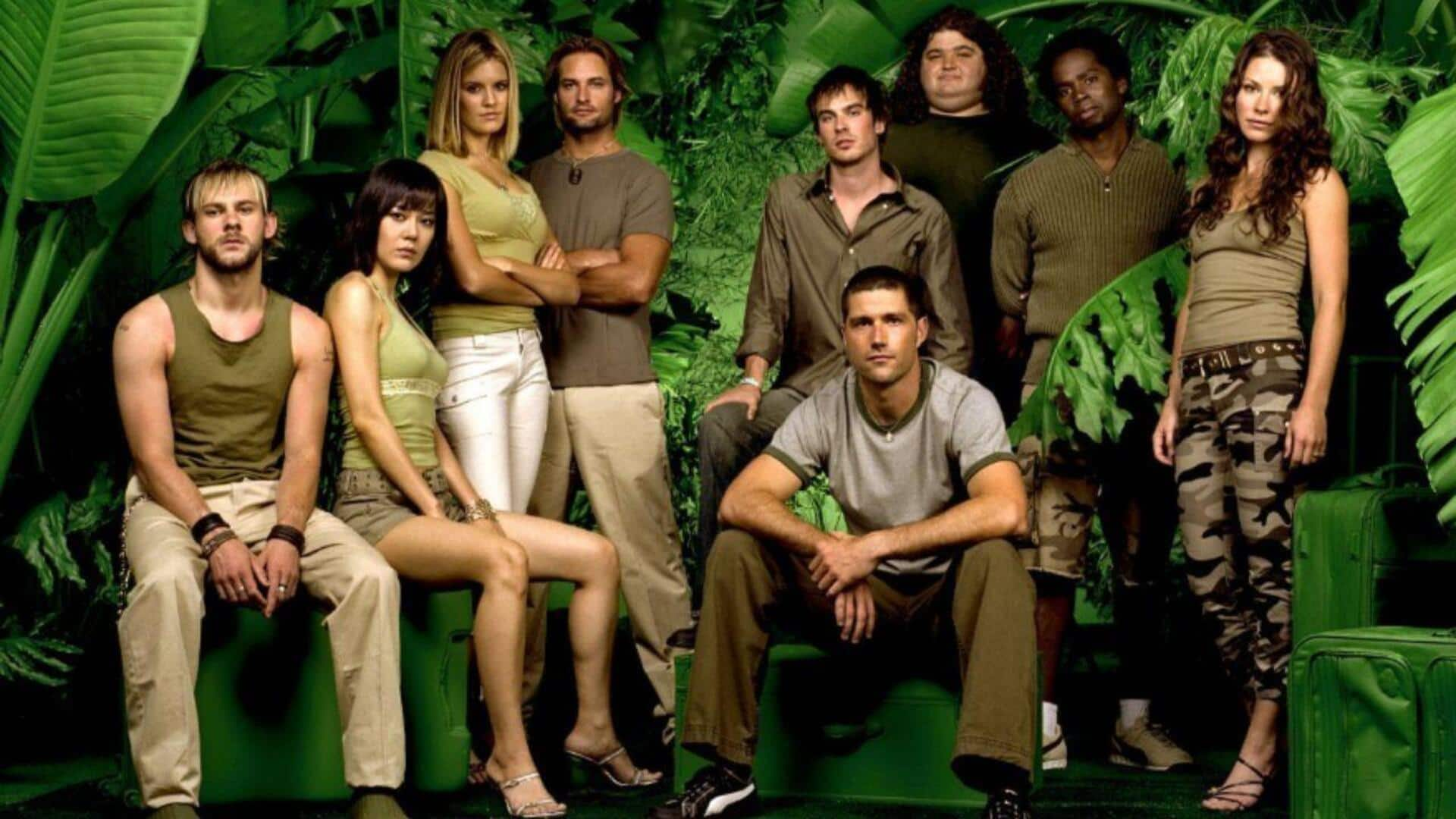
What 'Lost' got wrong about surviving on an island
What's the story
The TV show Lost had its fair share of survival myths, giving us a glimpse of the challenges and dynamics of a group stranded on an island. While the show was entertaining, it also led to some misconceptions about survival in such conditions. Here, we take a look at five myths from Lost that don't hold up in real-world scenarios, giving a clearer picture of what survival would actually be like.
#1
Myth of unlimited freshwater sources
In Lost, characters often find freshwater sources easily on the island. However, in reality, freshwater is a rare find in most tropical islands. Most islands don't have natural springs or streams, making it hard to find drinkable water. Survivors would have to rely on rainwater collection or other methods to purify seawater, making freshwater conservation a priority.
#2
Overestimating edible plant availability
The show often depicts characters finding a variety of edible plants without much effort. However, identifying safe-to-eat plants is difficult and requires knowledge of local flora. Many plants can be toxic or cause allergic reactions if consumed without proper identification and preparation techniques.
#3
Misconceptions about shelter construction
In Lost, characters build shelters quickly and efficiently with whatever they find on the island. In reality, constructing a sturdy shelter takes time and resources. It requires knowledge of building techniques and an understanding of how to use available materials effectively to withstand weather conditions.
#4
Simplified fire-making techniques
The show simplifies fire-making by showing characters starting fires easily with minimal resources. However, creating fire in real life requires skill and patience, especially when it comes to gathering dry tinder and kindling materials under challenging environmental conditions.
#5
Underestimating wildlife dangers
While Lost focuses more on interpersonal drama than wildlife threats, it often downplays potential dangers from animals or insects that could pose risks to survival efforts. In reality, many tropical environments have predators or pests that could affect safety, health, and overall survival strategies.